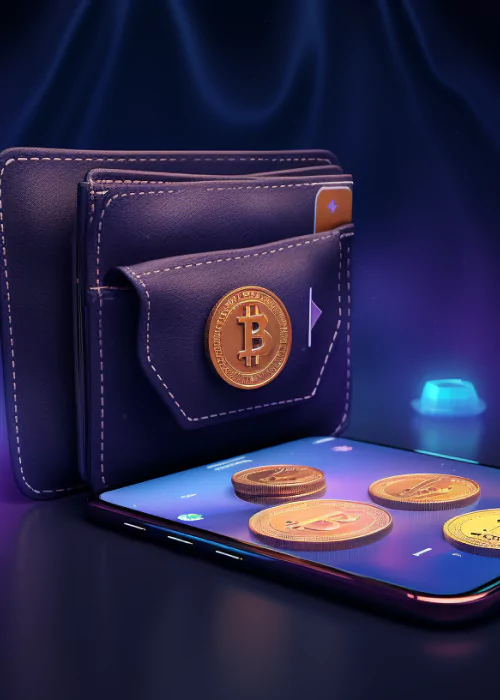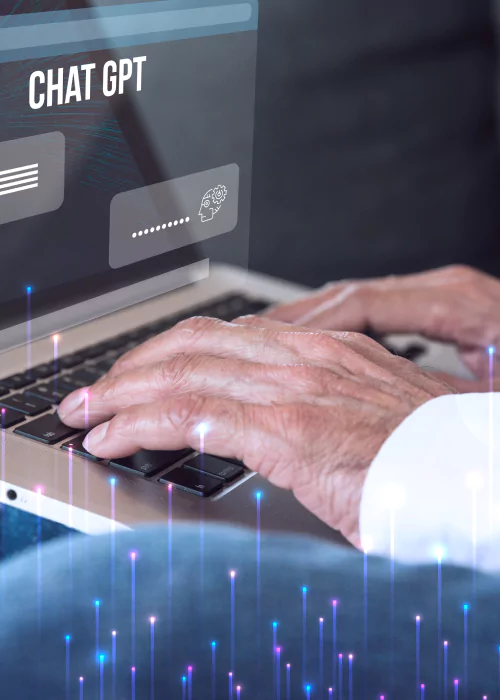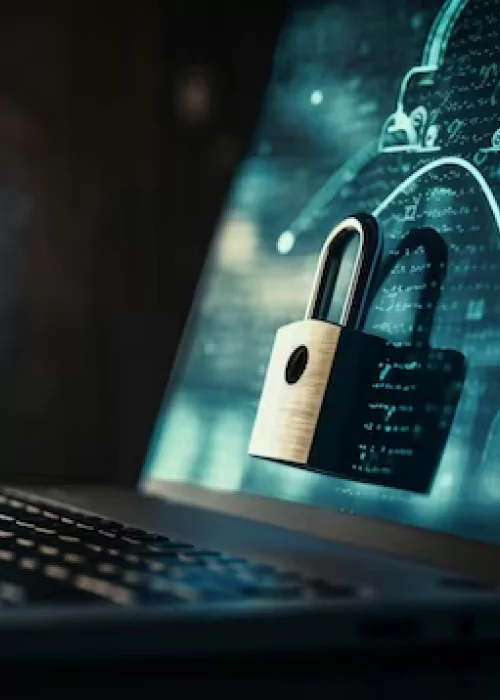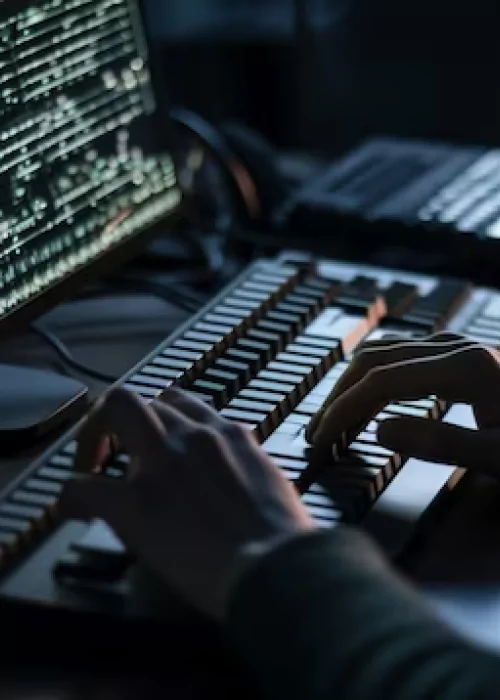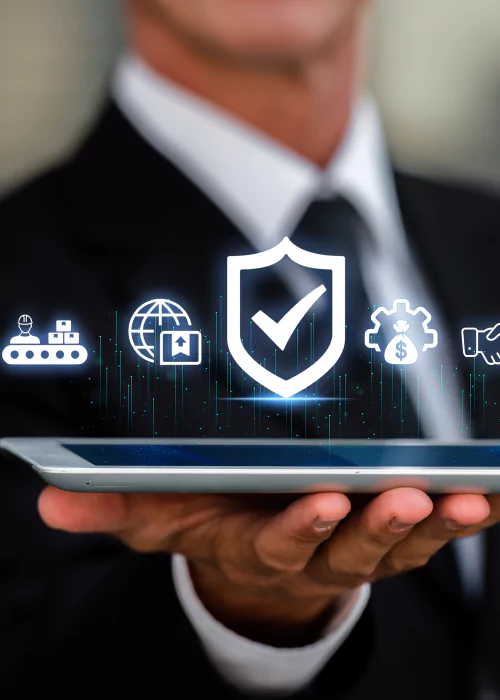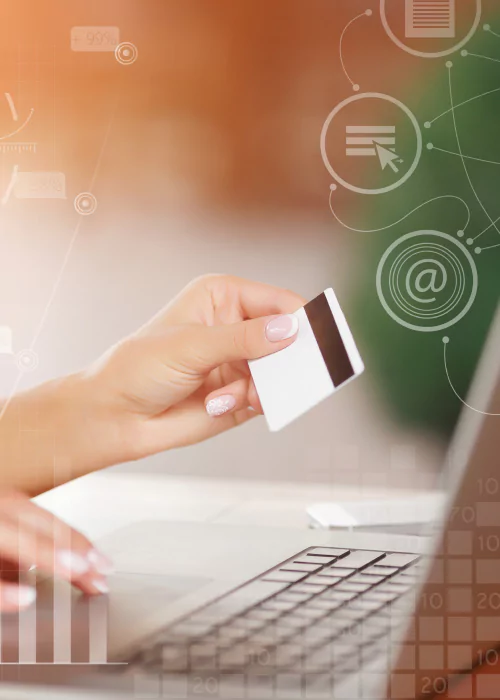Crypto wallets are the gateway to creating a solid footprint in Web3 & the crypto investing world. But here’s the catch: just like one shoe size does not fit all, the crypto wallet that is right for you depends on what you want to do with your cryptocurrency and the type of safety net you want to have.
Things to Consider When Selecting a Cryptocurrency Wallet
When choosing a crypto wallet, it is vital that you think about why you are using crypto to begin with. That is because various wallets are made for various use cases. So, it’s wise to stick with an option that is congruent with the way you’ll be interacting with various cryptocurrency networks.
Here are a few questions you should have the ask yourself when picking your first wallet:
- How much cryptocurrency are you planning to store in the wallet?
- Are you only using Bitcoin?
- Do you need enhanced privacy features?
Note that security should be your top priority before you set up a crypto wallet as this software (or hardware) will be in control of your private keys.
What are private keys?
These are the passwords to your cryptocurrency funds, which allows those funds to be sent to other users. Thus, control over the private keys means control over the money.
An overview:
- Get to know about all types of crypto wallets.
- Decide upon the kind of wallet you want to use.
- Buy or download the wallet & install the software.
- Set up your account & security features.
- Deposit your cryptocurrency.
Once you follow these five steps, you’ll be well set in using the cryptocurrency in a safe & secure manner.
Want to Launch Your Own Crypto Wallet?
Types of Cryptocurrency Wallets
Hosted Wallets
These are the most popular and easy-to-set-up wallets. Once you buy crypto using an app, it is automatically held in a hosted wallet. It is called ‘hosted’ because a third party keeps your cryptocurrency for you, just like a bank keeps your cash in a savings account.
With a hosted wallet, you don’t have to worry about “losing your keys” or “losing your USB wallet”. In this case, even if you forget your password, you won’t lose your digital currency. However, you can’t access everything cryptocurrency has to offer when you use a hosted wallet. This might change as hosted wallets start supporting more features.
How to set up a hosted wallet?
- Before you set up a crypto wallet, choose a trusted platform. The three main qualities of such a platform are ease of use, security, and compliance with government & financial regulations.
- Next, create an account. Fill in your personal details and choose a strong password. We highly recommend that you use two-step verification for an added layer of security.
- Either buy or transfer cryptocurrency. Most crypto exchanges and platforms allow you to buy crypto using a credit card or a bank account.
- If you already own crypto, feel free to transfer it to your new hosted wallet for safe keeping.
Hardware Wallet
It is a physical device – about the size of a thumb drive – that stores the private keys to your cryptocurrency offline.
If complexity (setting them up takes time) and comparatively high costs (over $100) seem like barriers for you to set up a crypto wallet, then you should reconsider using a hardware wallet.
But it has a huge benefit too — it’s the most secure of all wallet options. So, using hardware wallets keeps your cryptocurrency secure even if your computer is hacked.
The extra security is possible because your private keys are held in an offline device that isn’t your laptop, mobile phone, or other computer. As such, hardware wallets are less prone to malware attacks from hackers.
How to set up a hardware wallet?
- Buy the hardware. The two popular brands are Trezor and Ledger.
- Install the software that’s needed to set up a crypto wallet. Download the software from the company’s official website and follow the given instructions to create your wallet.
- Write down the recovery passphrase for your private keys.
- Connect the hardware device to your computer.
- A hardware wallet doesn’t typically allow you to buy crypto using standard currencies (like Euros or US dollars). So, you’ll need to transfer the cryptocurrency to your wallet.
Mobile Wallet Set Up
A mobile wallet is much easier to set up. The first step is to choose a mobile cryptocurrency wallet from your device’s associated app store. Two examples are Edge and BRD.
The thing about most mobile wallets is that you can instantly accept cryptocurrency payments. But ensure that during the setup process, you keep a backup of your private keys on physical paper.
Such a backup generally comes in the form of a 12 to 24 letter passphrase, also called your recovery phrase. Though not all crypto wallets require this step, it’s a best practice to follow. Otherwise, if you lose your phone or your mobile device simply stops working properly, you may permanently lose access to your funds.
Remember, in the cryptocurrency industry, no third party can come to your rescue once you’ve lost your password.
How to set up a mobile wallet on Apple Pay, Samsung Pay, and Google Pay?
- Launch the mobile wallet app on your phone.
- For Apple and Samsung, click on the “+” symbol or add button to add a new card and then select “Continue”.
- For android users, the app will show cards that are already linked to the account.
- Select one of the linked cards or select add another card.
- The app will either let you take a picture of the card or enter the card digits manually.
- Make sure to “Review the Terms and Conditions” and tap on “Agree”.
- Enjoy the convenience of paying with the wave of your phone.
Desktop Wallet Set Up
As compared to mobile wallets, desktop wallets typically include a more extensive portfolio. Using these, you can track graphs and charts to know the value of your assets in various ways.
Some examples of desktop wallets are the Jaxx Liberty Wallet, Exodus Wallet, and Atomic Wallet.
You can also set up a crypto wallet on your desktop. Setting up a desktop wallet is similar to setting up a mobile wallet. All you have to do is select your cryptocurrency wallet software. Then, you only need to run the software to begin the setup process.
Just as in the mobile wallet setup process, desktop wallet software could ask you to create a backup of the passphrase associated with your private keys.
How to set up a desktop wallet?
- After you install the Desktop Wallet, open it and create a password that contains at least six characters.
- Note down the password somewhere safe as you’ll need it to sign into the Desktop Wallet again.
- Go to “Settings” in the Desktop Wallet and select “Node settings”.
- By default, the Virtual Hive node is inserted. However, you can change this to any other node of your preference. You can even choose the node provided by your third-party provider.
- Then, enter the Address & Port of the node you’re running. The address is the node’s network address.
- Then select “Set Connection”. You will see a message saying “Successfully Connected” if the connection is working fine.
Once you install the Desktop Wallet, ensure that you set up an identity & an initial account.
Custodial vs. Non-Custodial Wallets
Custodial wallets differ from non-custodial wallets in that they hold your private keys for you. So basically, a third-party holds your cryptocurrency for you. It is crucial that you choose trustworthy, regulated providers like Coinbase.
Further, use two-factor authentication whenever it is offered. Almost every custodial wallet offers two-factor authentication. The Electrum wallet even offers this feature in a quasi-decentralized way.
How to set up a self-custody wallet?
- Setting up one of these doesn’t need right away; that comes later when you want to put some crypto into it.
- Choose a wallet app like Mycelium, Coinbase Wallet, or Metamask.
- Make an account and record your recovery phrase.
- Certain wallet apps might allow you to add an extra layer of security, like creating a passcode or facial recognition.
- Add some cryptocurrency into the wallet. After this, your ID will be verified.
- Now start sending, receiving, or trading crypto!
Hot Wallets vs. Cold Wallets
Now that we’re talking about how to set up a crypto wallet, let’s put an end to the long-heated debate once and for all: Which one should you choose? Hot wallets? Cold wallets?
Here, we break it down for you. If you buy a certain amount of crypto and you want to store it yourself, you basically have to choose between holding your cryptocurrency in a “cold” wallet, a “hot” wallet, or using a combination of the two.
A hot wallet is connected to the internet and so is vulnerable to online attacks. As a result, your funds may get stolen. But the upside is that it’s faster and so, makes it easier to spend or trade crypto. A cold wallet is the complete opposite – typically not connected to the internet, is more secure but less convenient to use.
Source: CoinTracker
The Solution: Strike a Balance
When using either type of crypto wallet, there are generally a lot of trade-offs. If you want to avoid that, use a combination of cold and hot wallets.
By doing so, you strike a balance between the accessibility of a hot wallet and the security and peace of mind associated with a cold wallet.
What will happen is that you’ll end up with many versions of each: a mobile hot wallet, an exchange account hot wallet, & a hardware cold wallet.
Every crypto wallet can be used for a specific purpose. This will create a balance between ease of use & security when trading and using cryptocurrency.
Another trend is using a second phone that functions only as a mobile crypto cold wallet. When using a mobile device as a cold wallet, you only turn it on when you want to make a transaction.
The secondary phone acting as a cold wallet is then connected to your primary phone via WiFi or bluetooth and the funds are transferred to your hot wallet for the transaction.
Once the transaction is over, the bluetooth or WiFi connectivity is turned off and the secondary phone is powered down.
Tips to Keep Your Crypto Wallet Safe
Yes, the safest option in terms of cryptocurrency wallets is a hardware wallet. But this does not mean that a hardware wallet is the perfect choice for everyone using cryptocurrency.
Consider the value of your cryptocurrency holdings to gauge the level of security needed. For instance, it doesn’t make much sense to purchase a $100 hardware wallet to protect $50 worth of cryptocurrency.
That said, you can take certain steps to improve the security of your cryptocurrency holdings without splurging on a Ledger or Trezor.
Build Your Own Crypto Exchange Software.
Take Note
So, now that you have set up a crypto wallet, you also need to keep these things in mind:
- Besides the cryptocurrency software specifically, you also need to think more deeply about computer security. If a nefarious hacker gains access to your desktop or mobile phone, they’ll also likely be able to steal your cryptocurrency.
- When making crypto transactions or trading, avoid public Wi-Fi networks and use only a secure internet connection. Even when accessing your home network, use a VPN for additional security.
- Ensure that your personal device is upgraded with the latest virus definitions to defend against newly-discovered vulnerabilities.
- Last but not least, remember to always backup your private keys. This is because you won’t be able to recover your funds if you lose access to these keys.
- Keep your backup in a physical form. As you are in full control of your cryptocurrency holdings, no one will be able to help you if you lose your private keys.
FAQs
How much does a crypto wallet cost?
A crypto wallet will cost you around $200. Note that if you are using a wallet as part of an exchange, you’ll need to pay either a flat fee or a percentage of the total transaction value.
Is it easy to set up a crypto wallet?
Though it seems easy to implement, the process generally requires patience. It is best to take the guidance of expert service providers before you deep dive into it.
Does your crypto grow in a wallet?
Cryptocurrency in a digital wallet works in a similar way as fiat money in a physical wallet. Its value changes with the change in the market price. So, when the market value is high, that of crypto is high, and vice versa.
Have any queries regarding how to set up a crypto wallet? We’re here to resolve them all!







